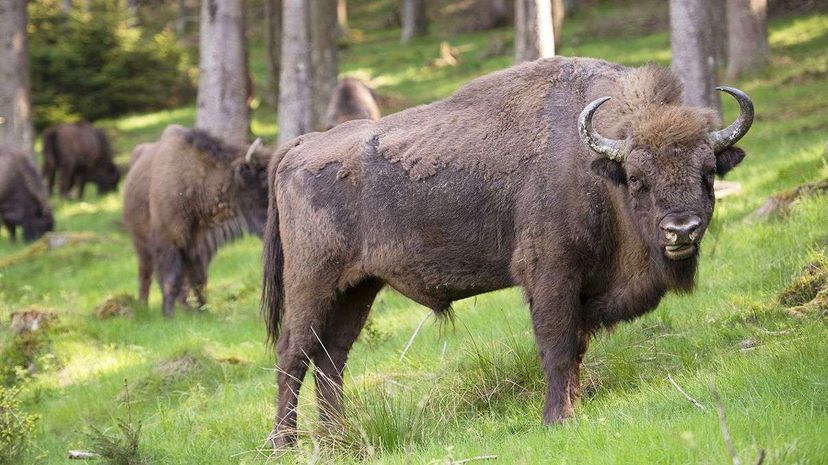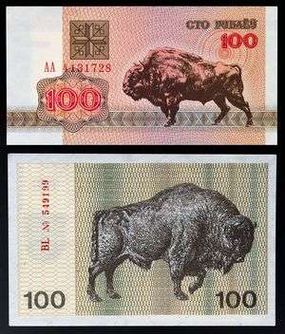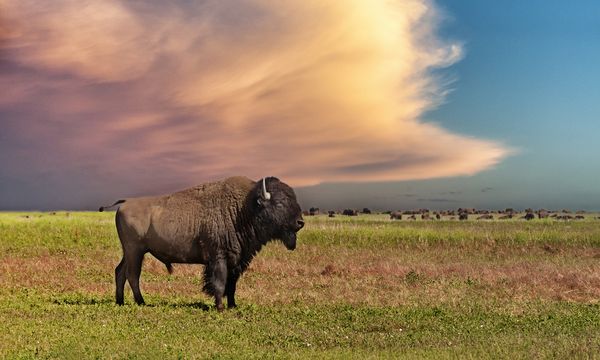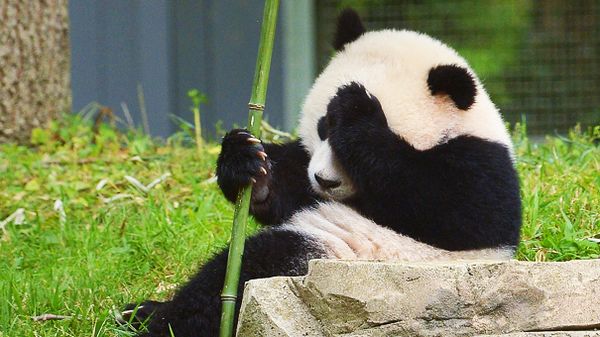
About 32,000 years ago, a Stone Age artist was dabbing paint on a cave wall in what is now France, fashioning a bison out of pigment and imagination. Now, scientists are studying the descendants of that bison — and discovering they're among the most democratic ungulates around.
It turns out that European bison use body language to cast their votes for a leader, letting the majority make the decision about where the herd will go. At least that's what scientists have discovered by observing a bison herd for three months at the Monts-d'Azure Biological Reserve near Nice, France.
Advertisement
Ecologist Amandine Ramose and colleagues at the French National Center for Scientific Research studied 43 Bison bonasus, a distant cousin of the bison that once roamed much of North America.

"Through the study period, February to April 2013, we observed the bison herd approximately four hours per day," says Cédric Sueur, one of the study's authors and an associate professor at the University of Strasbourg, via email.
Researchers tracked the animals' actions in an effort to identify the herd's leaders, uncover actions that prompted the herd to follow these leaders and detect a pattern to those movements.
What they discovered is a lesson in bi-partisan politics. The herd elected multiple leaders, allowing the majority to determine the decision. In general, adult females had greater influence over herd decisions, although the herd demonstrated that a member of either sex and of any age could be considered on the virtual ballot.
The findings, reported in the November 2015 issue of "Animal Behaviour," detailed a bison's decision-making body language. Members of the herd would orient themselves in the direction they would support going: towards water, for instance, or a different grazing spot. A potential leader would take nearly two dozen purposeful steps in a direction without pausing to graze, a signal for the rest of the herd to follow. If the hopeful leader had moved in the direction most of the herd was facing, the bison voted with their feet, electing that leader by following her.
Researchers suspect adult females more often chart the herd's course because they are more reliant on high-quality grazing for gestation and lactation.
Understanding a bison herd's egalitarian course may not seem readily applicable to the human condition, but it is. By ferreting out the animals' patterns, it can offer solutions for problems created by the intersecting worlds of people and bison. After becoming nearly extinct, more and more European bison — which can grown to 2,200-pounds (1,000 kilograms) — are being released throughout Europe, where they are allowed to wander at will on reserves.
The ability to understand which bison lead the herd's movements could mean outfitting key bison with GPS collars that send a low-volt shock if they wander into forbidden territory, such as agricultural areas abutting a reserve, or near dangerous territory like roads and highways.
"To put GPS collars with electric pulse on the leaders," says Sueur, "or to delineate the movements of the group in the reserve, without putting physical barriers, allows other animals to enter and leave the reserve and encourages gene flow."
Advertisement


